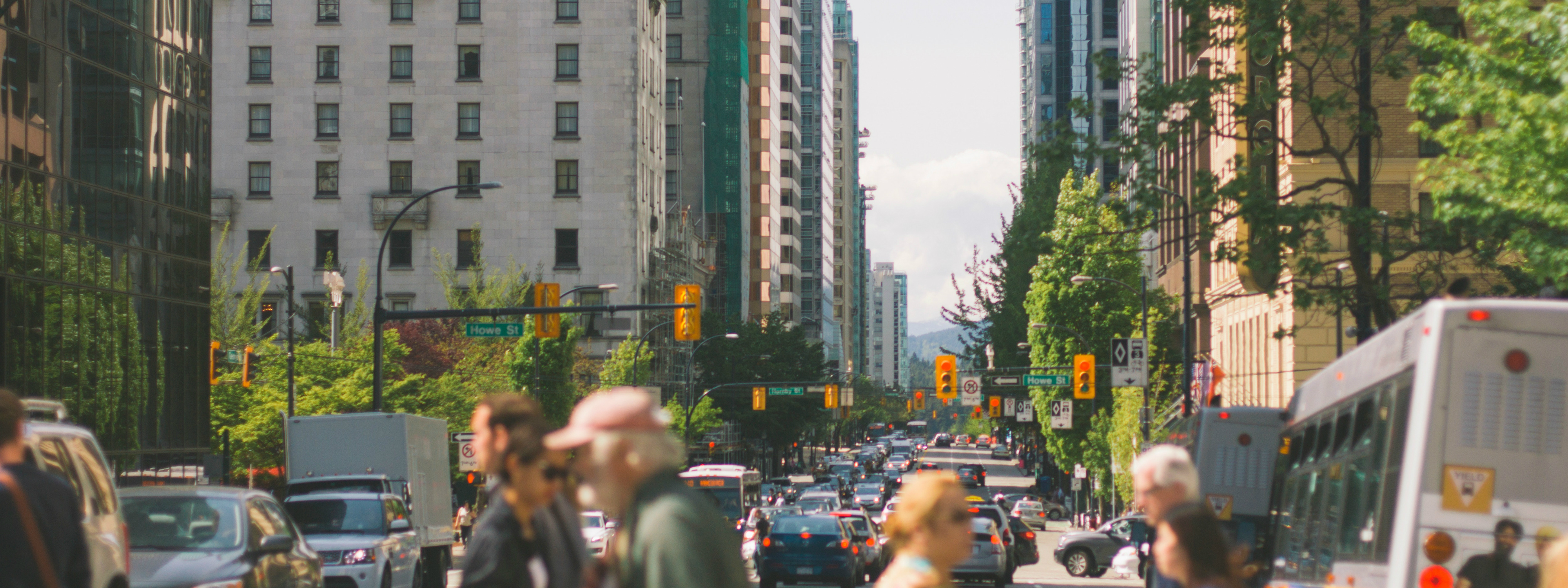Compendium of Best Urban Forest Management Practices
Chapter 18. Fire and the Urban-Rural Interface
Return to the Compendium homepage here:
Compendium of Best Urban Forest Management Practices →

Compendium of Best Urban Forest Management Practices
Return to the Compendium homepage here:
Compendium of Best Urban Forest Management Practices →
In 2016, a wildfire forced 80,000 people in Fort McMurray and other parts of northern Alberta to evacuate, destroyed more than 2400 buildings, and caused an estimated $3.8 billion in damage. British Columbia entered a state of emergency in 2018 when its worst fire season on record forced 3,200 people to evacuate, and nearly another 22,000 to be on alert. Forest fires are a natural force in the regeneration of forested ecosystems, but as our communities grow to encompass components of the natural forest, and as climate change continues to increase the fire hazard, fire management has become an increasing concern. As the risk of forest fire increases, so does the risk to urban peripheries that come into contact with wild or forested areas.
Fire management involves proper forest management techniques, public education, and changing construction and landscape practices at both the individual and community levels. Individuals can reduce the risk to dwellings through initiatives like building with fire-resistant materials, choosing fire resistant species for planting near buildings, and reducing the density of trees within 100 metres of buildings. Communities can take larger-scale initiatives like conducting a wildfire assessment, identifying factors that increase the risk of wildfire to the urban area, and developing objectives to reduce this risk. Prescribed burns may be conducted in urban parks, as is done in High Park in Toronto, where burns remove dried leaves and twigs, reduce invasive species, and increase the abundance of native plant species.
Canadian online resources:
Calkin, D. E., Cohen, J. D., Finney, M. A., & Thompson, M. P. (2014). How risk management can prevent future wildfire disasters in the wildland-urban interface. PNAS, 111(2), 746-751. https://doi.org/10.1073/pnas.1315088111
Moritz, M. A., Batllori, E., Bradstock, R. A., Gill, A. M., Handmer, J.,. . .Syphard, A. D. (2014). Learning to coexist with wildfire. Nature, 515, 58-66.https://www.nature.com/articles/nature13946
Stocks, B. J., & Martell, D. L. (2016). Forest fire management expenditures in Canada: 1970–2013. The Forestry Chronicle, 92(3), 298-306. https://doi.org/10.5558/tfc2016-056
Navigation